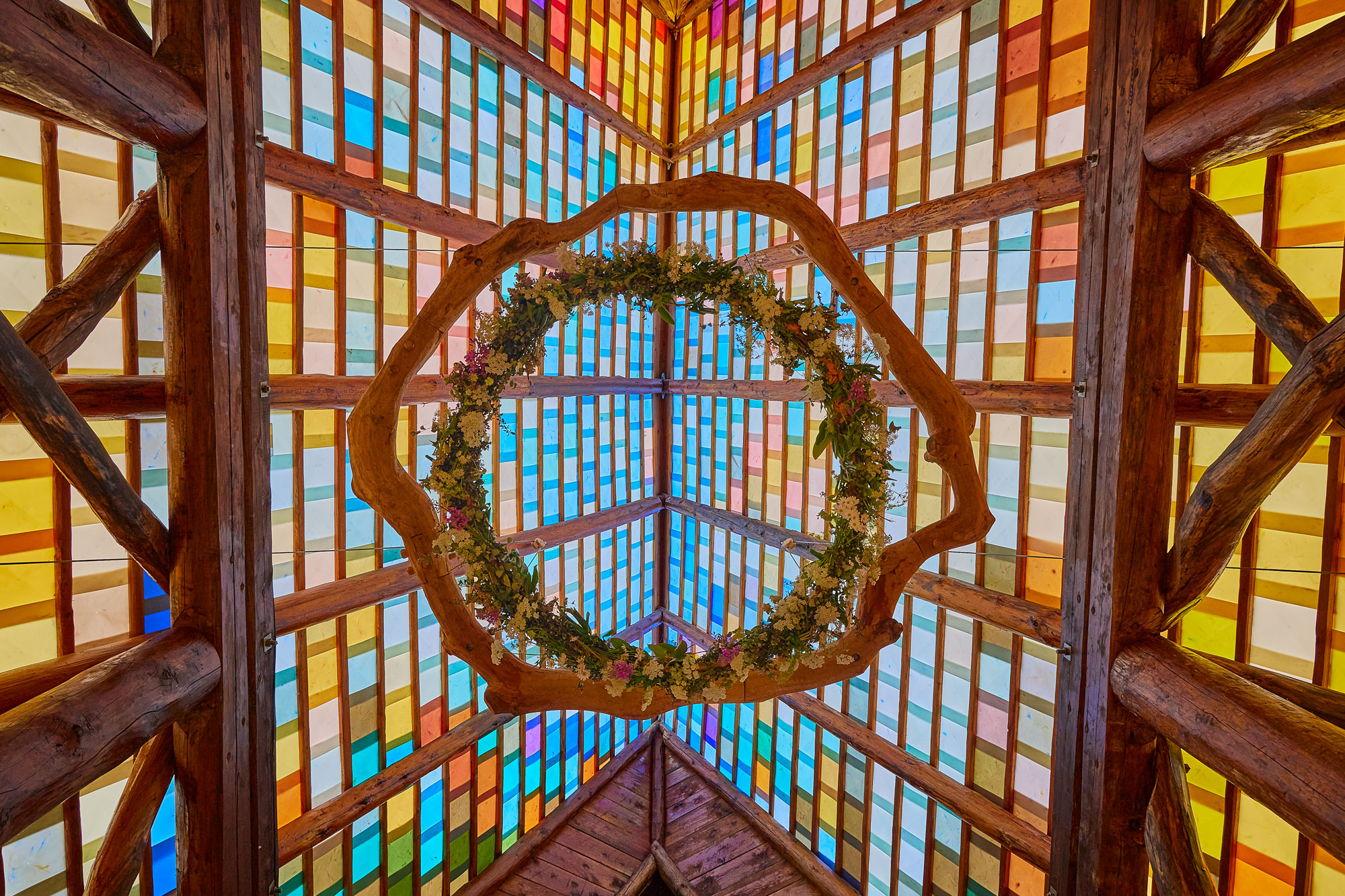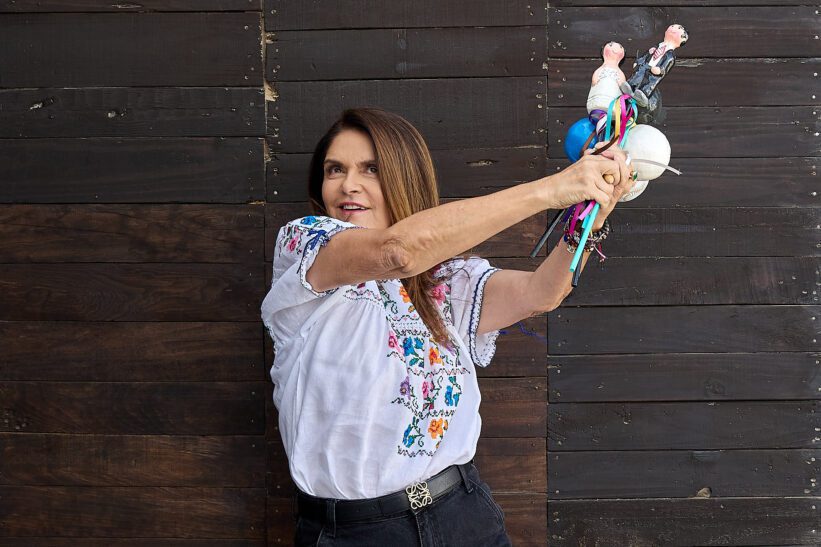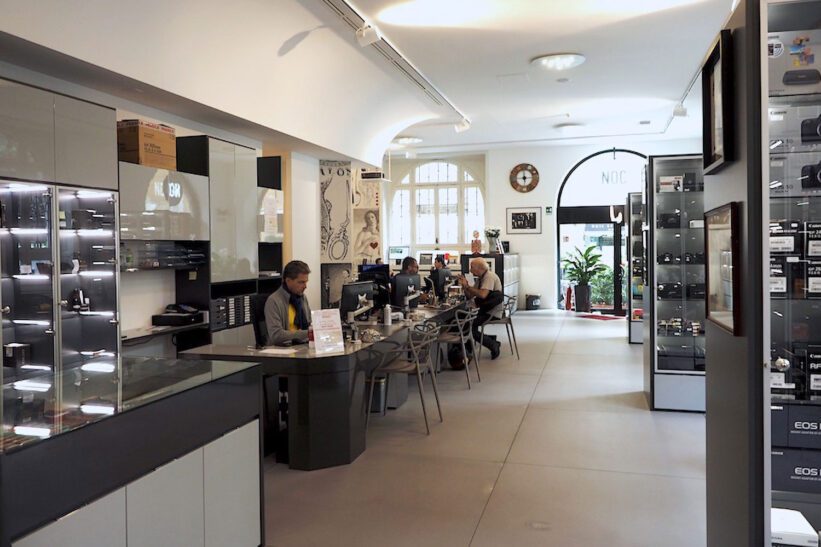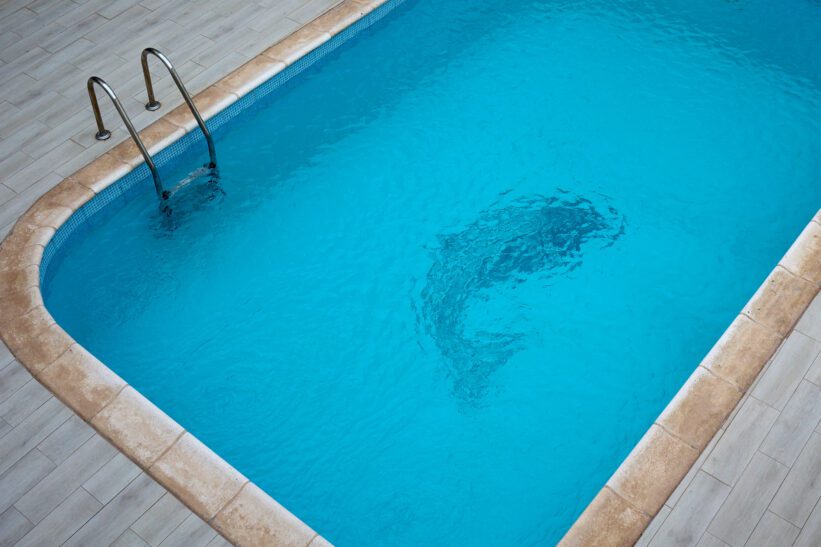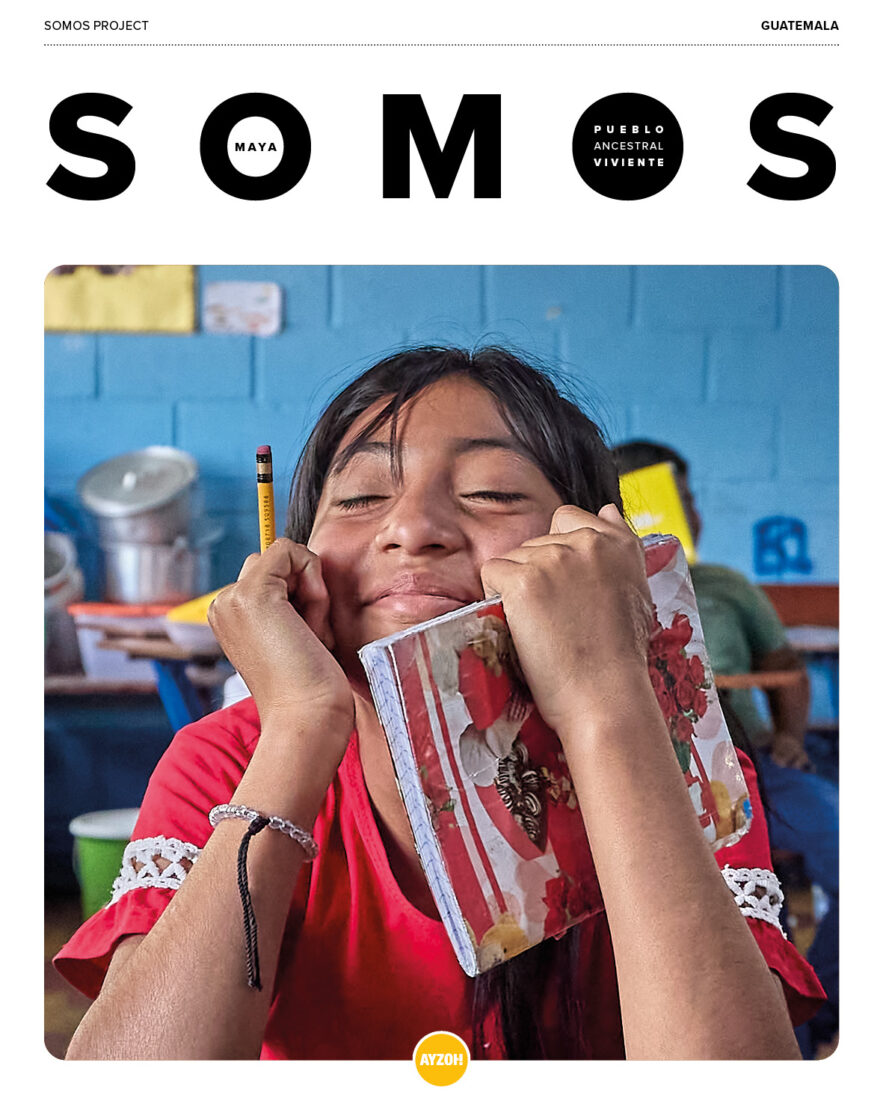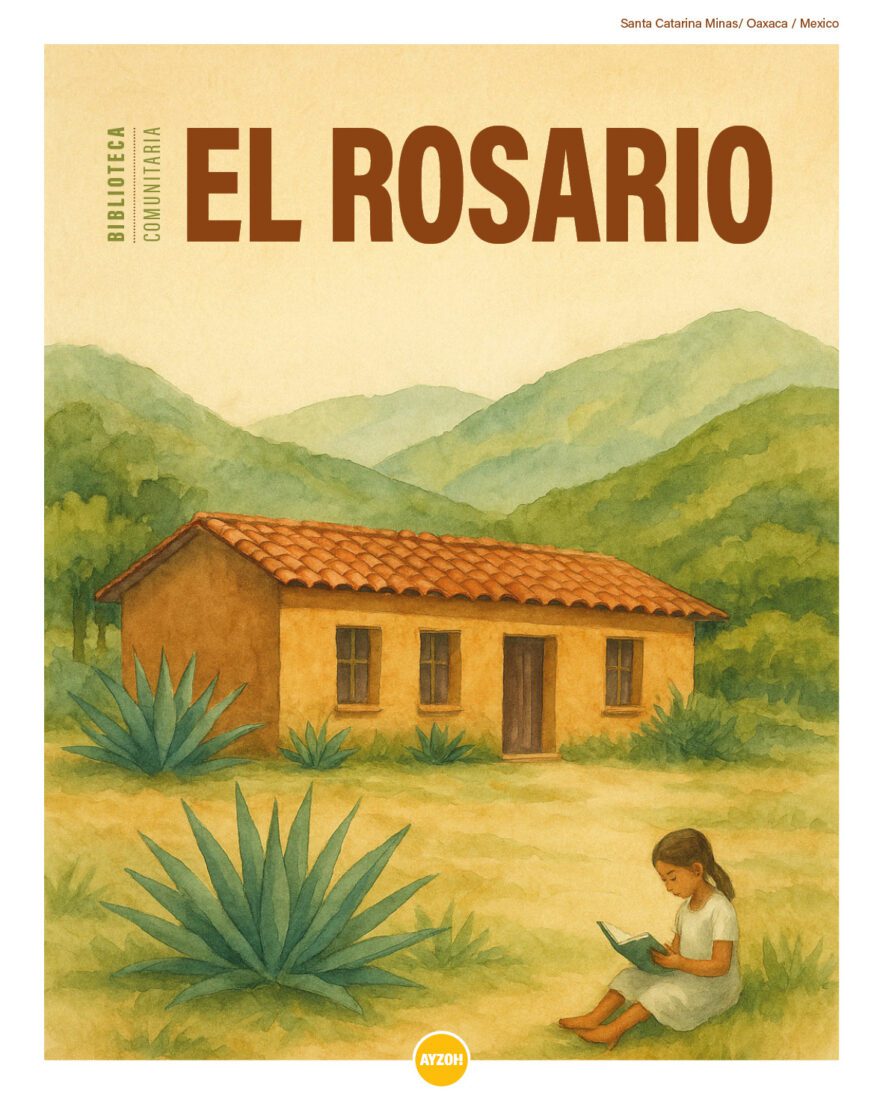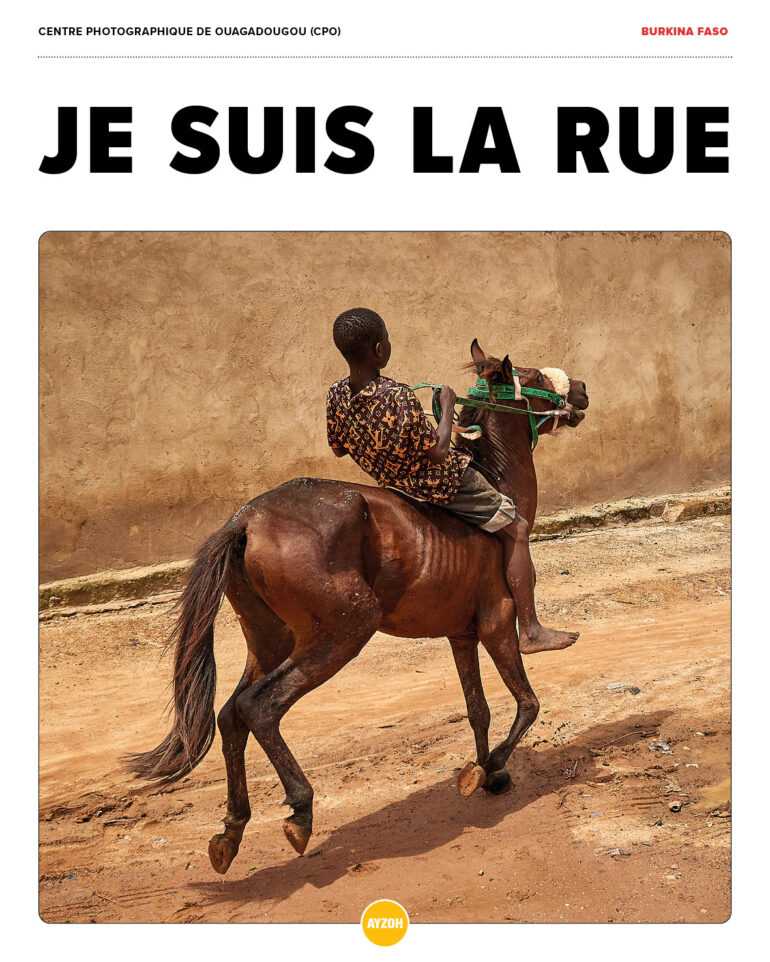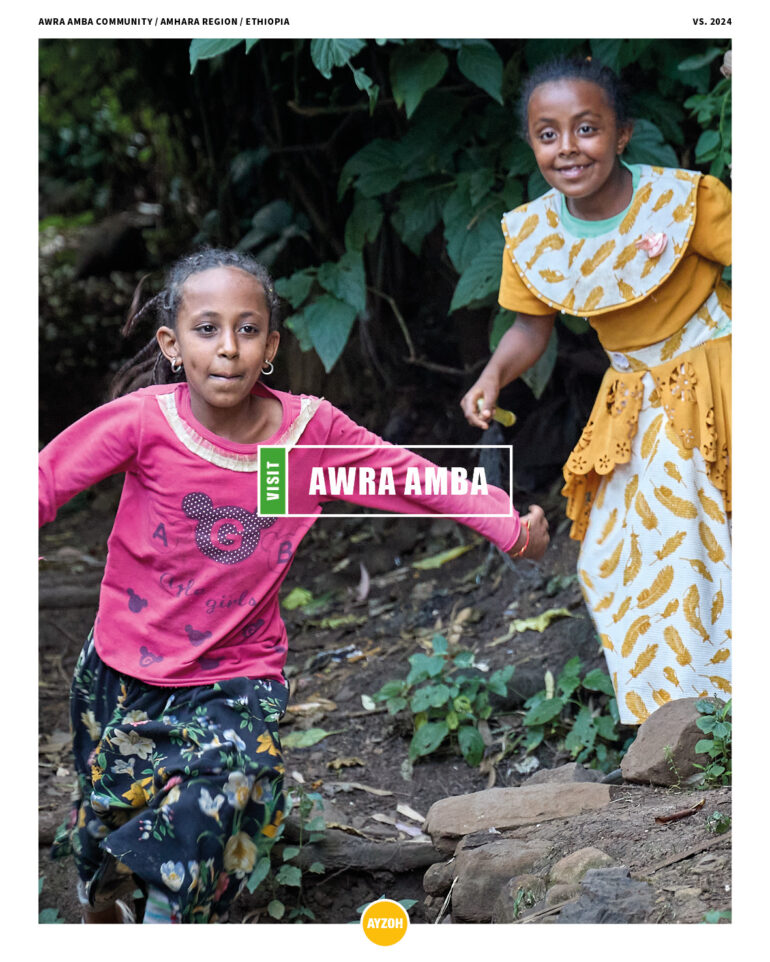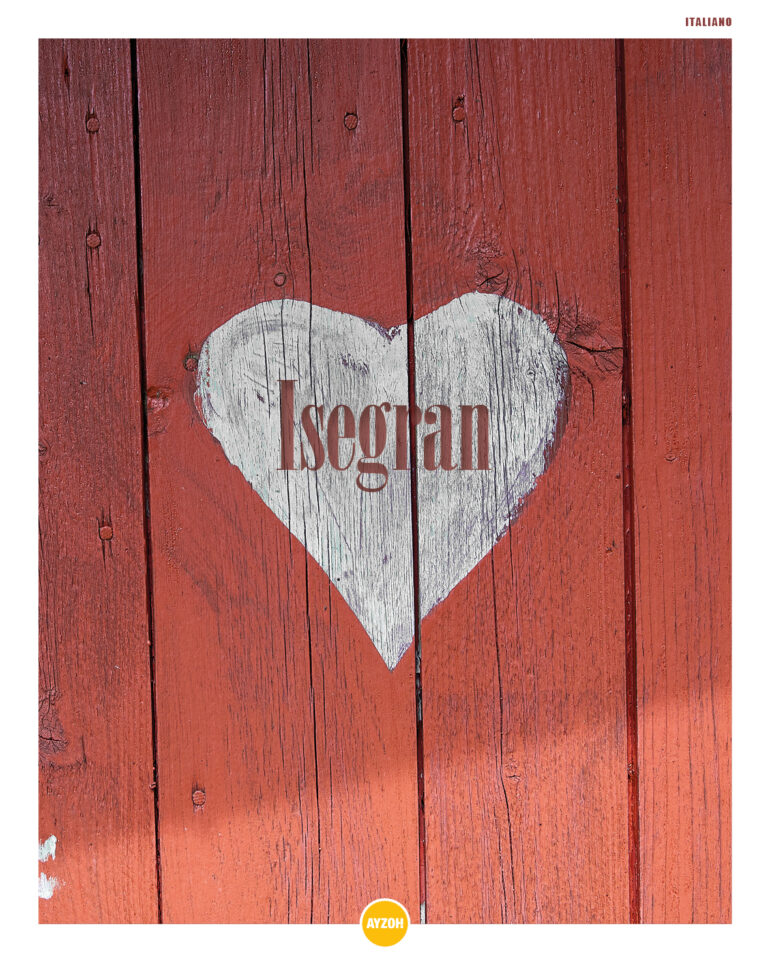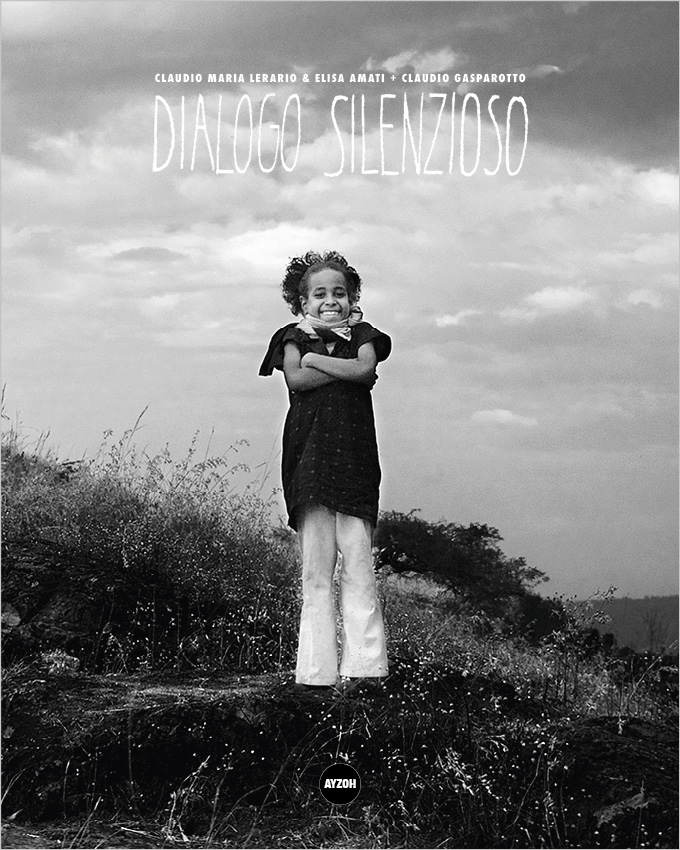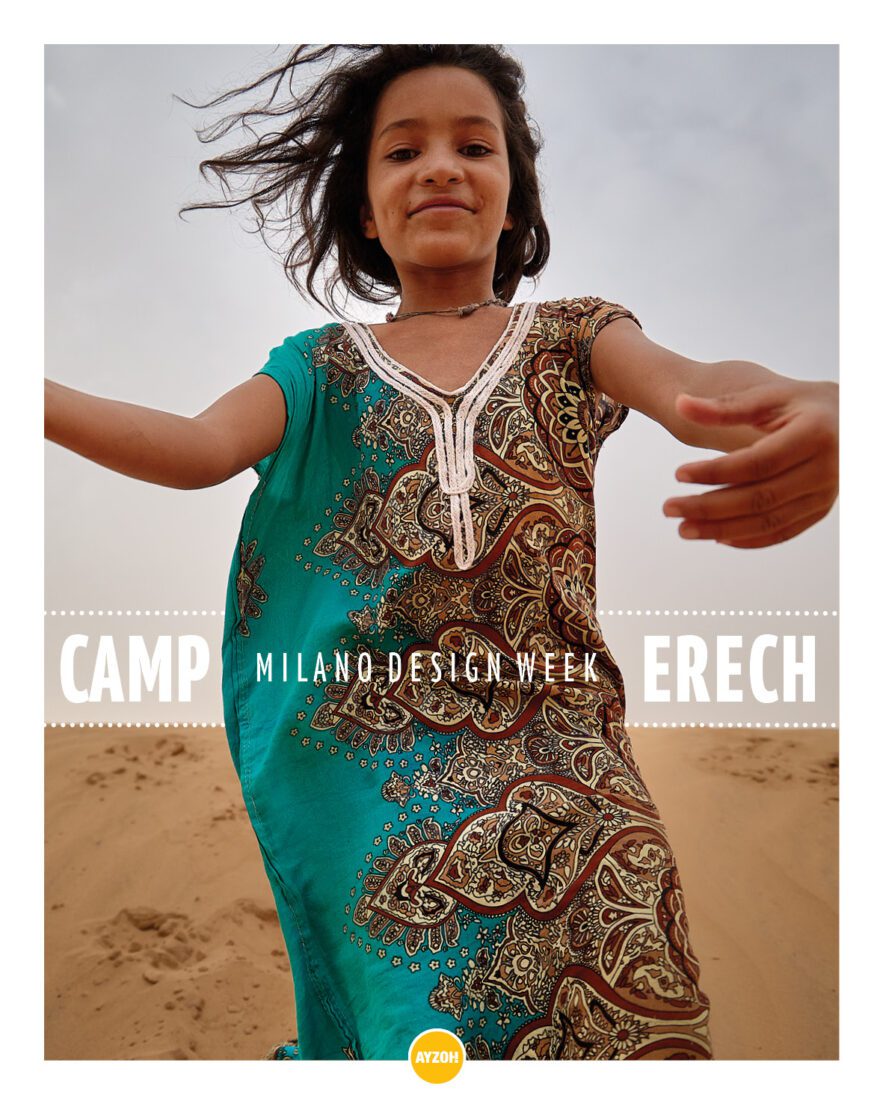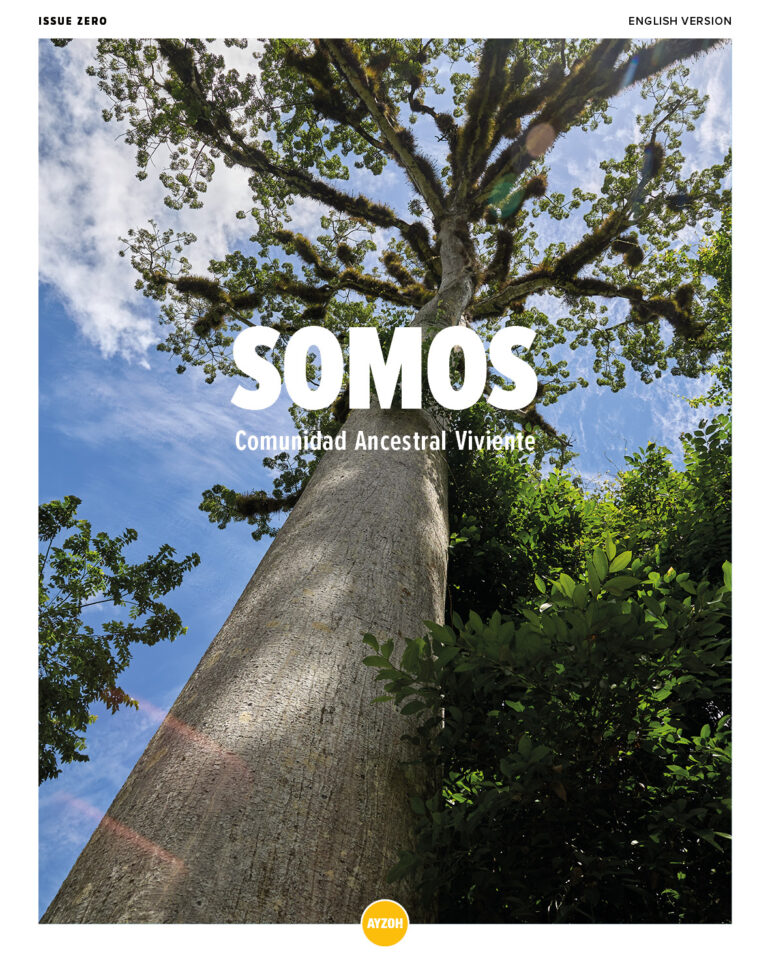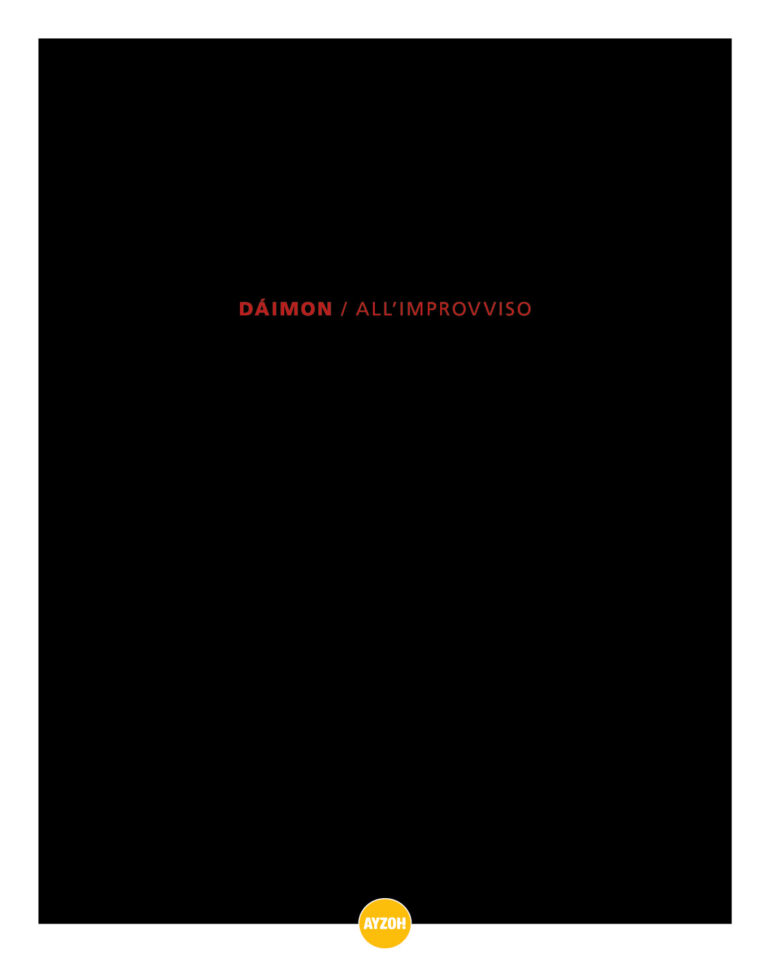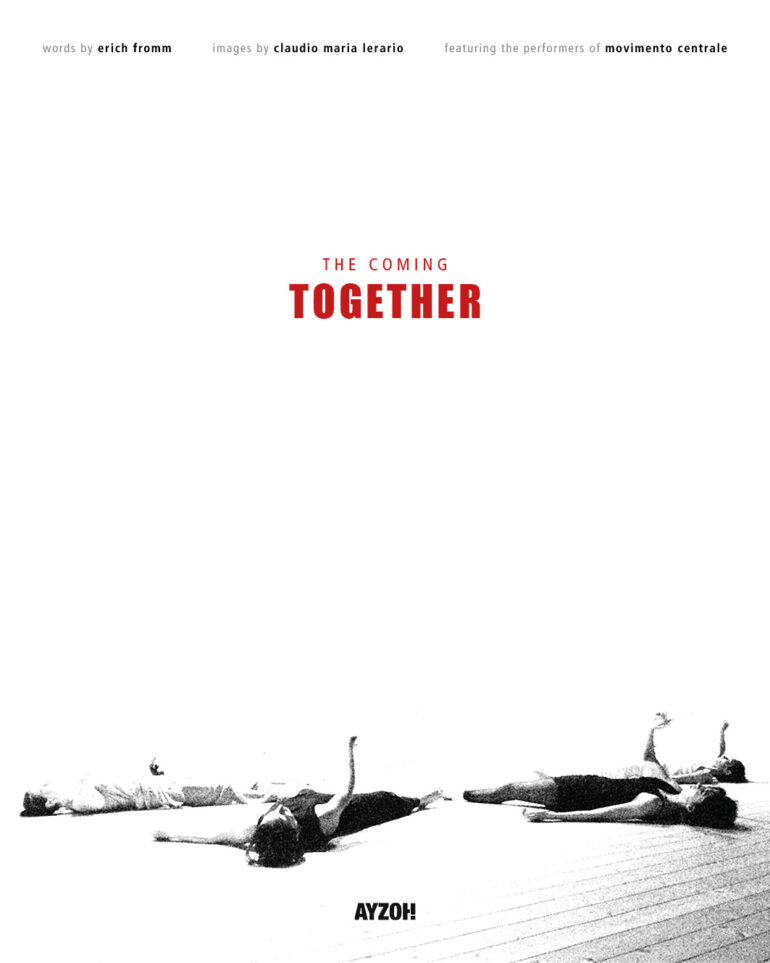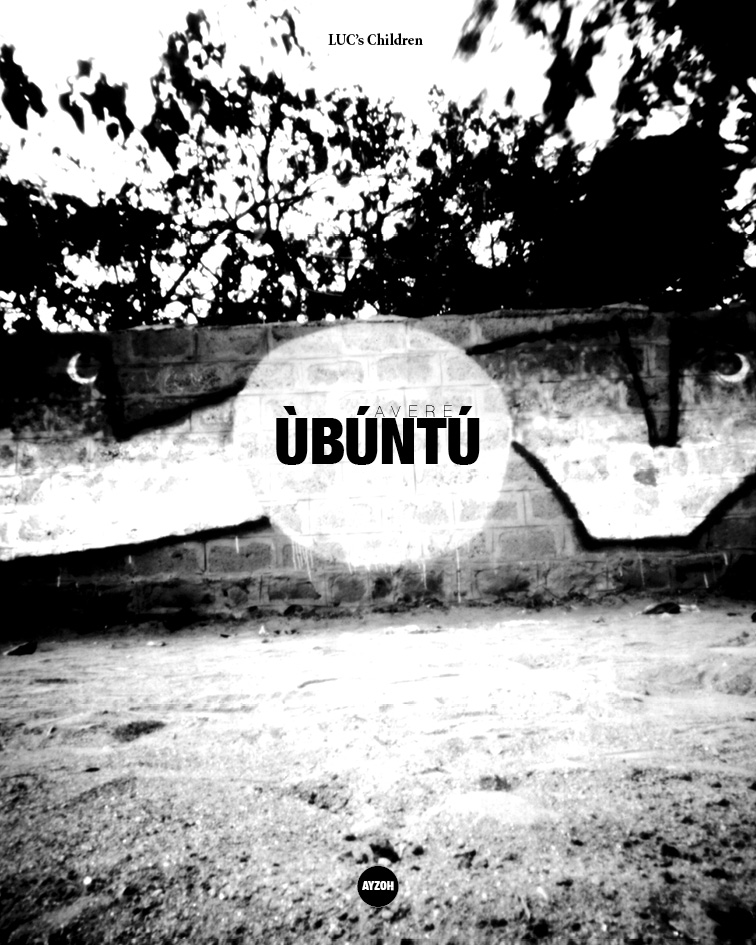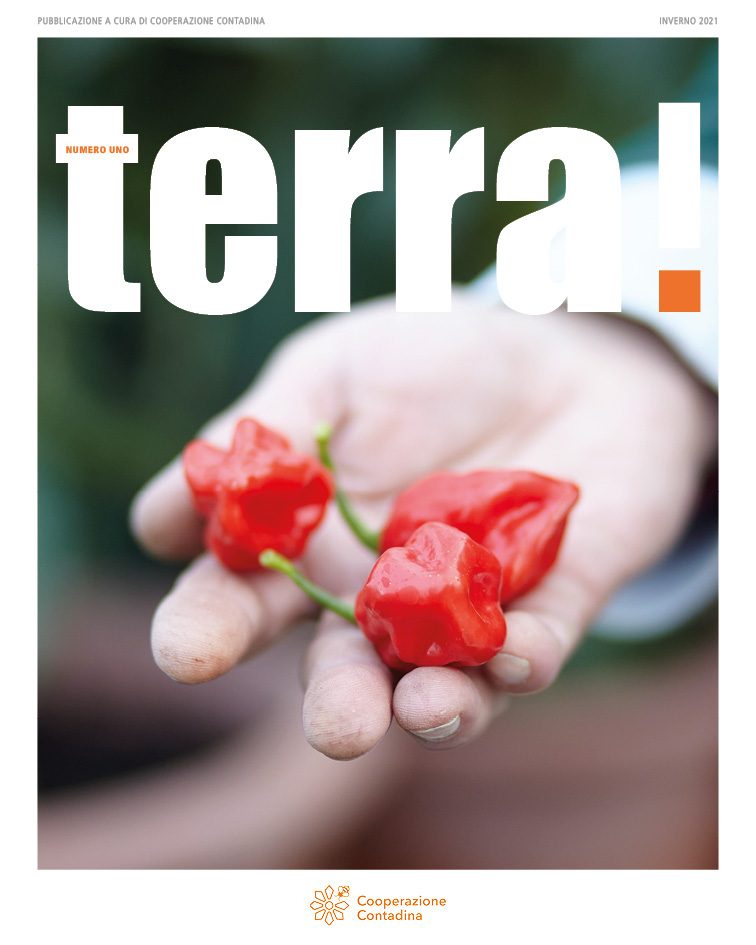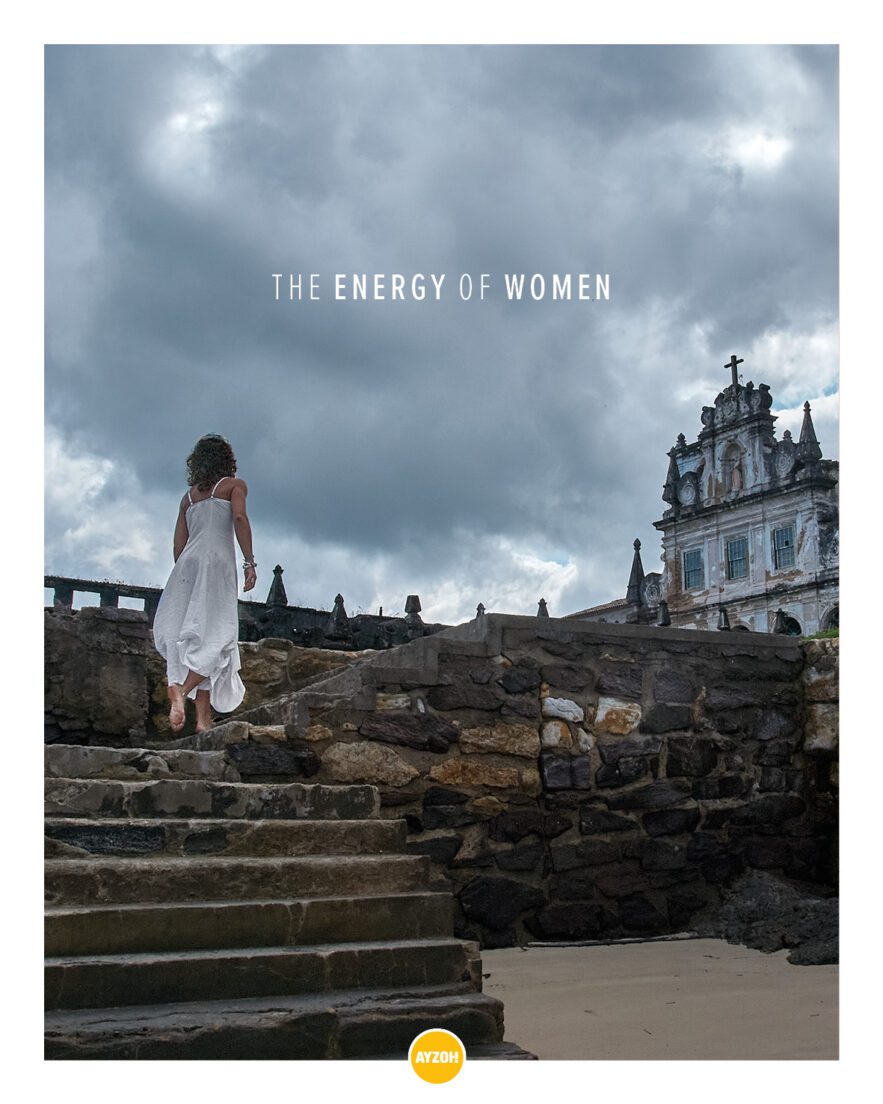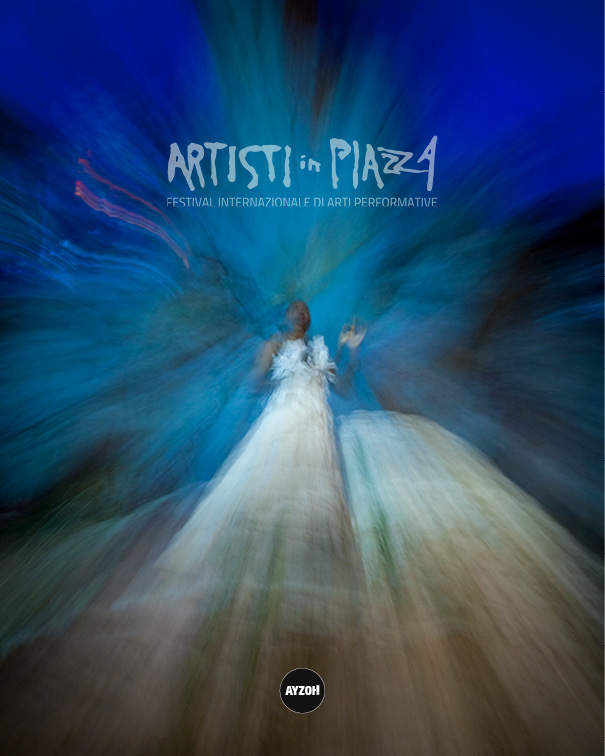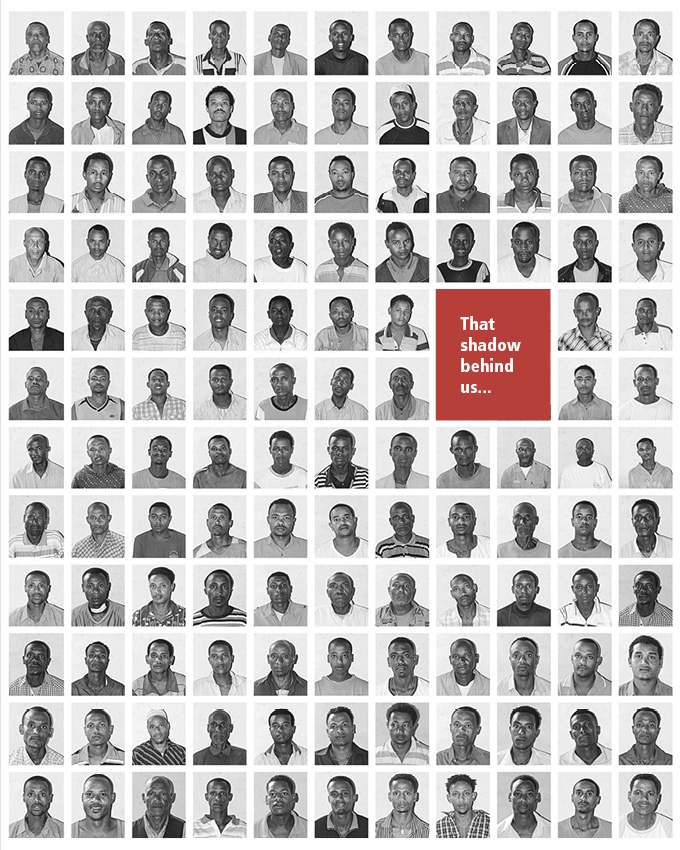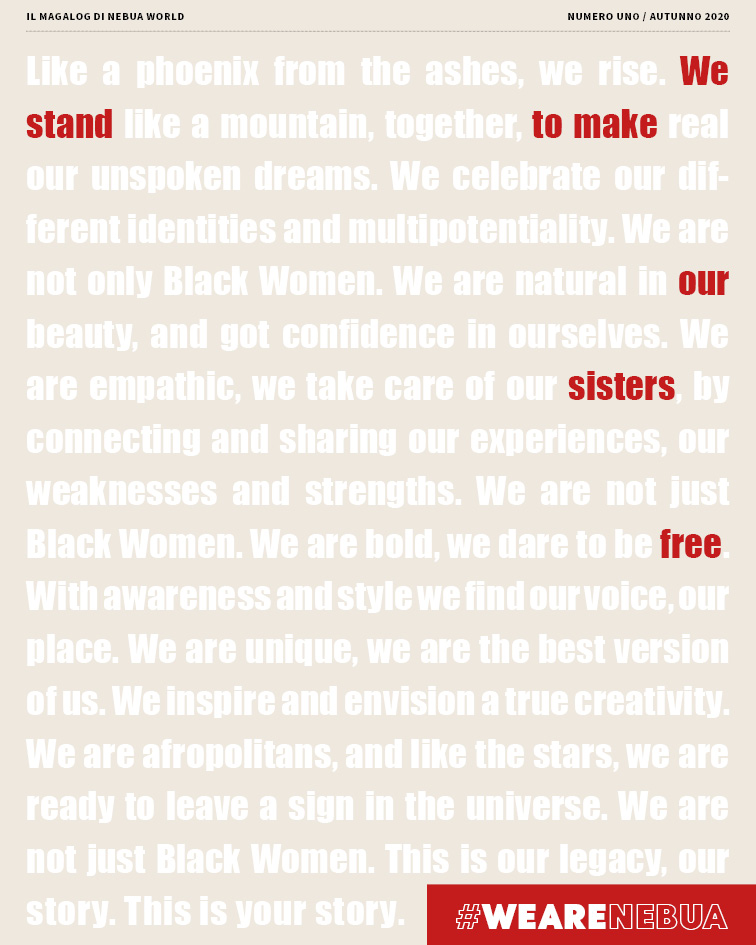Hope Cathedral is an interfaith and environmentally focused art project located in Fredrikstad. Built on a 120 m² wooden barge, the structure takes architectural inspiration from traditional Norwegian stave churches. Its 300 m² roof is made from recycled ocean plastic, created through an experimental process. The project is coordinated by Dialogforum Østfold, Norges Buddhistforbund, Caritas Norway, Fredrikstad kirkelige fellesråd, the Borg Diocese, and Kirkens Bymisjon. Both the process and the final structure are open to everyone.
The idea behind Hope Cathedral began with the Borg Diocese but quickly expanded beyond religious boundaries. The project now involves people of different backgrounds and beliefs, including those with no religious affiliation.
Hope Cathedral addresses the growing issue of marine pollution by turning waste materials into construction resources. The roof, produced with the help of local companies Re-Turn and Biobe, is made from plastic waste recovered from nearby coastlines. More than 40 colors of tile, molded from used fish boxes, demonstrate how discarded materials can be repurposed into functional, long-lasting elements.

The project has involved over 19,000 volunteer hours so far. Participants include school groups, pensioners, immigrants, and language students. Volunteers take part in both manual labor and decision-making processes, often gaining new skills and a stronger connection to the community in the process.
Hope Cathedral is a meeting point for traditional crafts, industrial recycling techniques, and hands-on public participation. It aims to show how local engagement and technical innovation can work together to address environmental problems—specifically, plastic pollution in marine ecosystems. Norway’s role in global environmental policy provides a broader context for this local effort, aligning it with international goals such as the UN Sustainable Development Goals 14 (Life Below Water), 15 (Life on Land), and 17 (Partnerships).
Hope Cathedral has also been among the key collaborators and beneficiaries of “Isegran“, an Ayzoh! project dedicated to documenting and supporting this small maritime community in Fredrikstad. The collaboration highlighted shared values such as sustainability, inclusion, and the preservation of local knowledge.
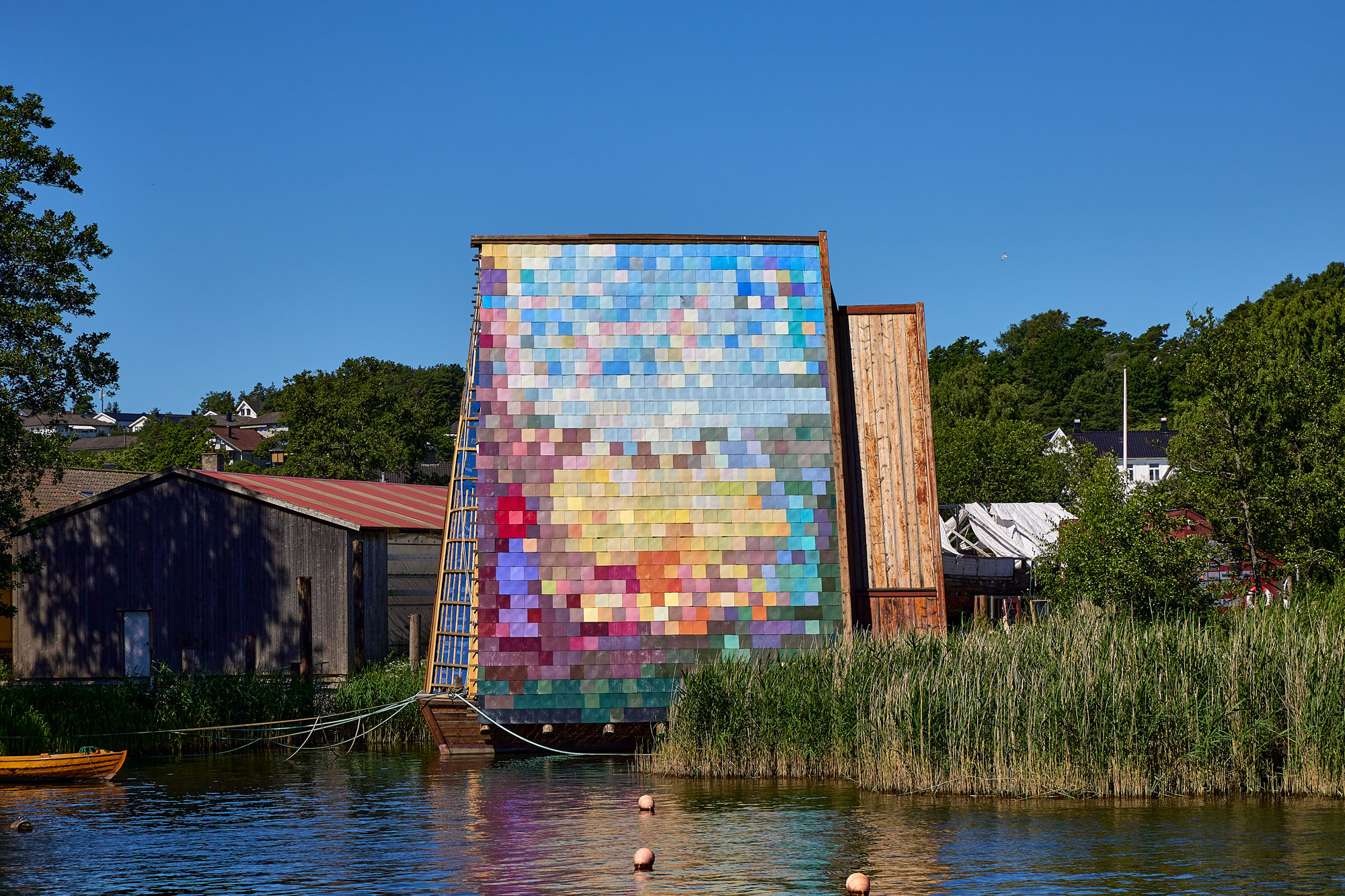
Social Sustainability
The project is structured around collaborative effort. It invites people across generational, cultural, and religious lines to contribute to a shared goal. The focus is on doing real work together, not just symbolic acts, and creating an environment where contributions of all sizes are acknowledged and respected.
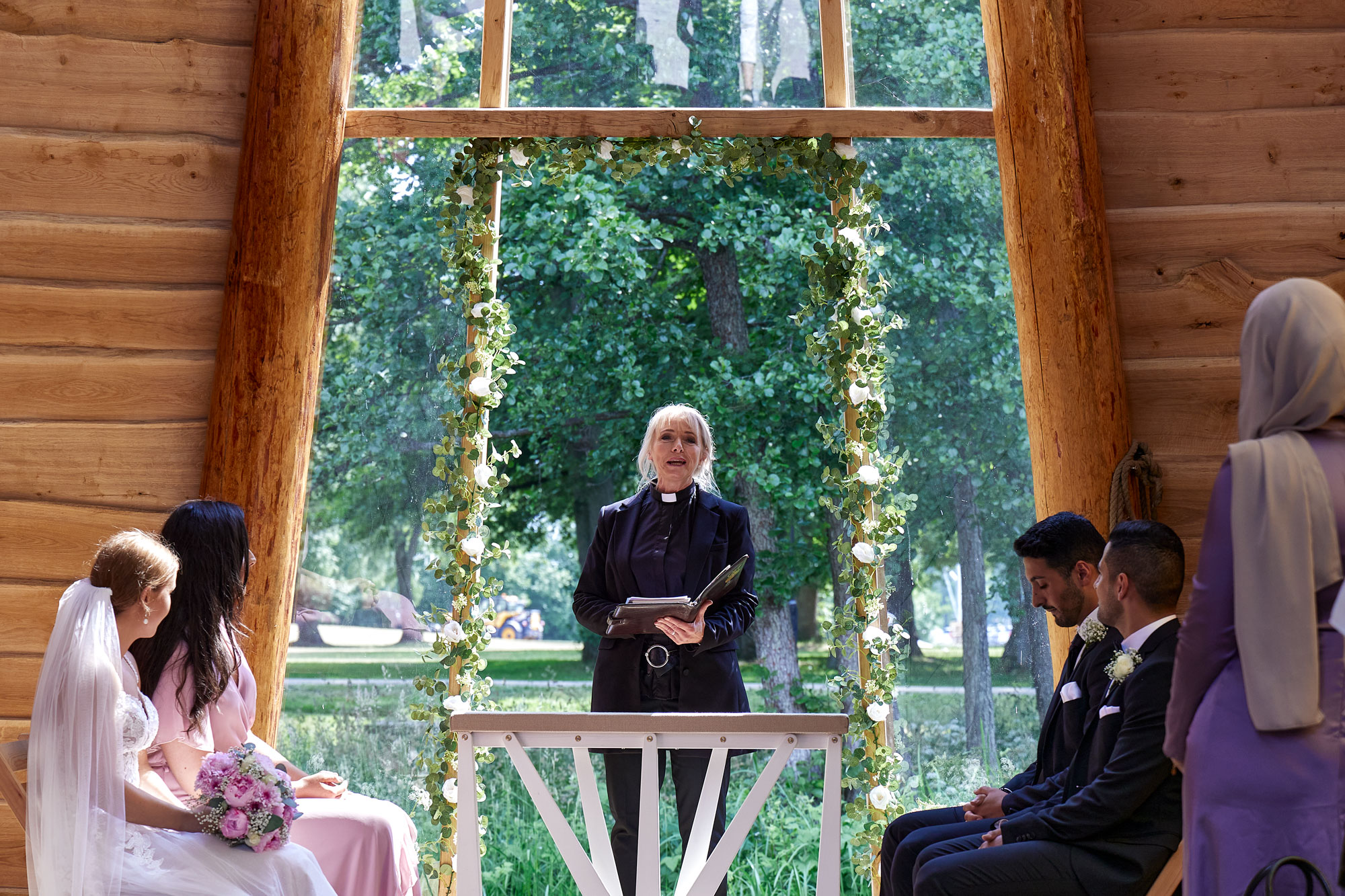
Economic Sustainability
Hope Cathedral demonstrates how waste can be turned into new resources. Its partnership with recycling businesses helps develop alternative uses for ocean plastics, exploring how such materials can fit into future models of circular economy.
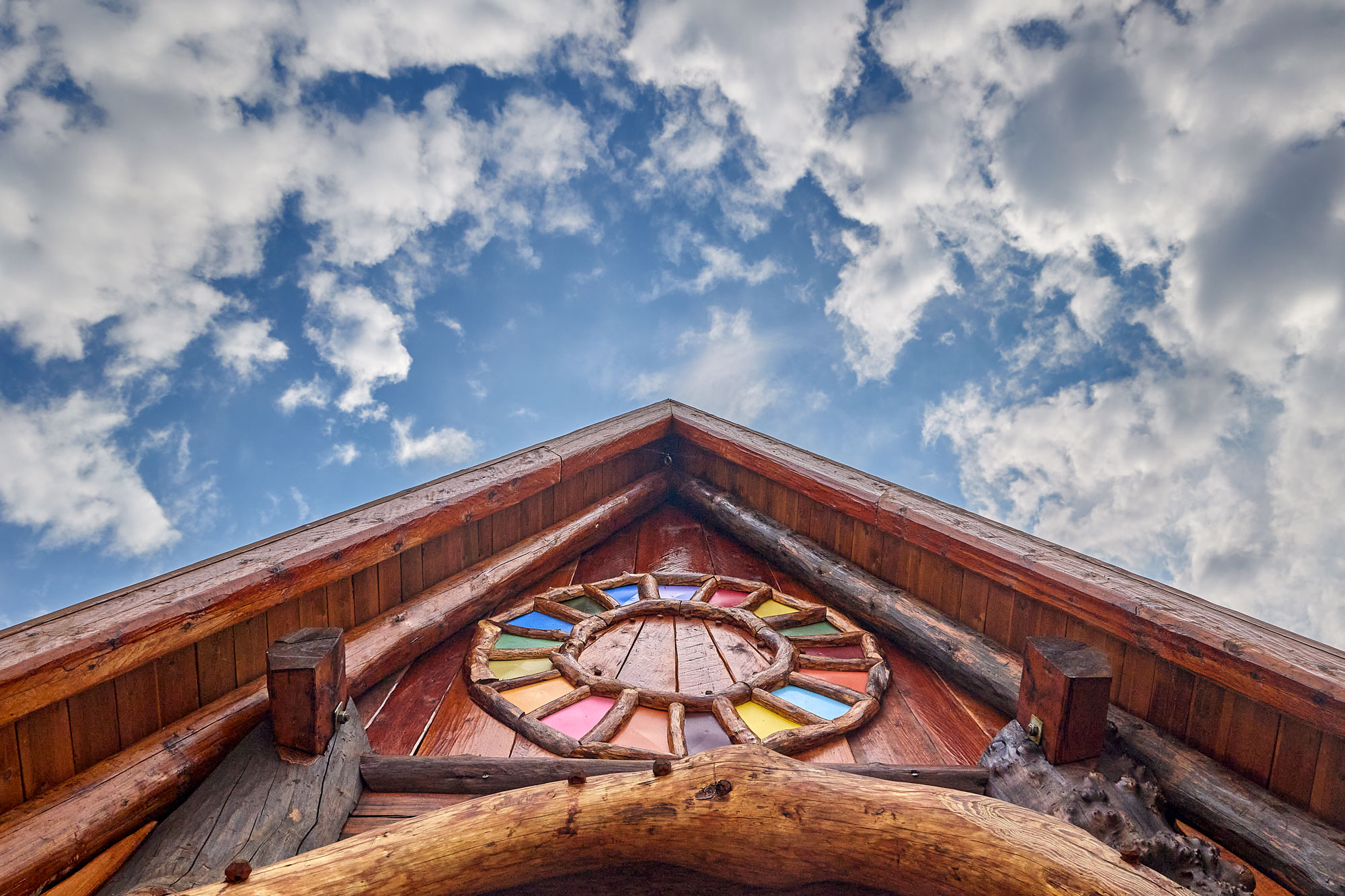
Environmental Sustainability
At its core, the project tackles the issue of ocean plastic. Rather than simply raising awareness, it proposes tangible actions—collecting waste, experimenting with new uses for it, and involving people directly in the process.
Hope Cathedral is not a landmark built to impress. It is a site of shared labor and experimentation, a space for learning and cooperation. Ayzoh! supports this initiative because it reflects our own belief in long-term, community-driven responses to urgent global issues.

